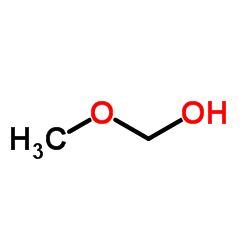| Structure | Name/CAS No. | Articles |
|---|---|---|
 |
Paraformaldehyde
CAS:30525-89-4 |
|
 |
Solvent Black 3
CAS:4197-25-5 |